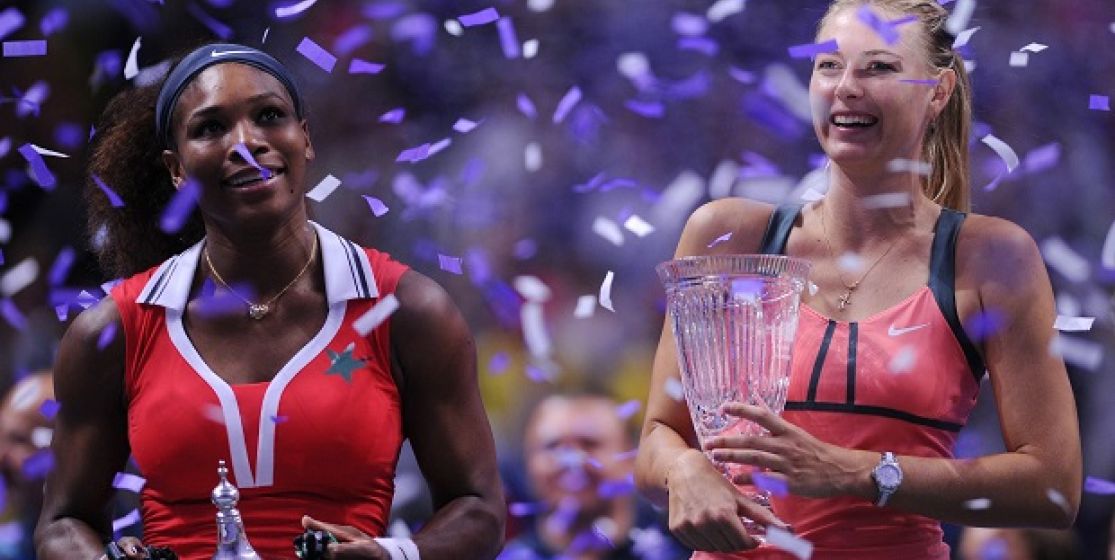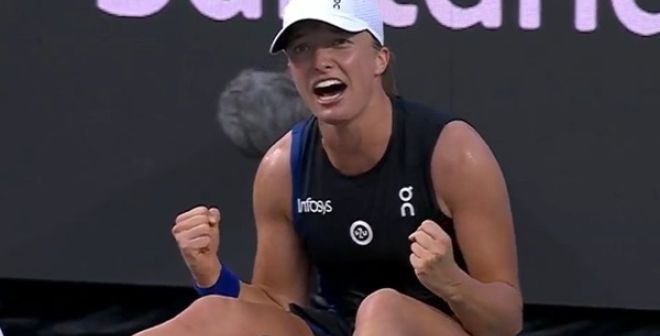The observation is obvious: to live comfortably of an athletic talent when you are a girl, it is clearly better to play tennis than football. Why? Because Anna Kournikova in a skirt, and some other explanations...
No offense to Gilles Simon, but since 2007, the prize money is the same for men and women in Grand Slam tournaments, making tennis a unique case. Who can find another sport practicing parity, both in terms of media coverage and prize money collected by the athletes? Even rarer are the disciplines for female athletes that can provide such income. The explanation? If it remains behind Horse riding in France in terms of sports federation members, tennis is indeed the first broadcasted female sports in the world. According to Fabienne Broucaret, author of a book on women's sport called The Sport, Last Stronghold of Sexism? The calendar plays a crucial role in the media coverage of female players' performance: "On one hand, the competitions take place all year round, unlike other disciplines where major events can be summarized to the Olympics. On the other hand, the major tournaments are held at the same time than the men's tournaments, which is not the case in team sports. This allows women to benefit from the exposure of their colleagues by extension." The popularity of female players can also be measured on the Internet, where they have grown accustomed of being very active. Sharapova, for example, has over 11 million fans on Facebook.
Gender Equality and soap opera
Extremely popular amongst young American women, tennis also benefits from the large promotion policy led by its main authority, the WTA, based... in the US. The organizers of the U.S. Open were also the first to choose, in 1973, to establish wage equality between men and women, 27 years before the Australians followed suit. "The WTA has considered our sport as a marketing product, emphasizing the show and with a certain sense of staging, particularly in terms of outfits. I remember the president of the WTA who once compared the tennis season to a soap opera," says Sarah Pitkowski, French tennis player retired since 2001 and who now works for a PR agency specializing in sport.
"A 'good product', which flattered the eye"
Tennis authorities therefore acted as commercial agents in organizing the stardom of some stars; even it sometimes meant bring greater attention to the glamour than to the actual athletic performance. But can we really blame them? "There has been a lack of public interest when Sharapova was injured and away from the courts. Women's tennis needs charismatic figures to attract interest," says Sarah Pitkowski. For those who absolutely want to date this turn, the trigger could be the emergence and stardom of Anna Kournikova in the 90s. "There has clearly been a before and an after Kournikova. She really contributed to the rise of women's tennis," insists Sarah Pitkowski. Although she has never won a single title, the Russian was promoted by the institutions. Regularly playing on the main courts, the wife of Enrique Iglesias also saw her matches rebroadcast more than others. It seems that her gorgeous little face and her outfits were attractive elements for sponsors. "The WTA's thought of her as a 'good product', which flattered the eye. We were told: "She sells tickets...”" recalls Pitkowski. Today, her compatriot Sharapova has taken over, but with a much higher ranking. "It’s obvious that in addition to their performance, the beauty of female players appeals to advertisers. Sharapova has sponsors that go far beyond sports equipment," says Fabienne Broucaret. Thus, we see that in the traditional rankings listing of the highest-paid athletes, leading tennis players earn as much or more through sponsorship that through their results on the tour. QED.






